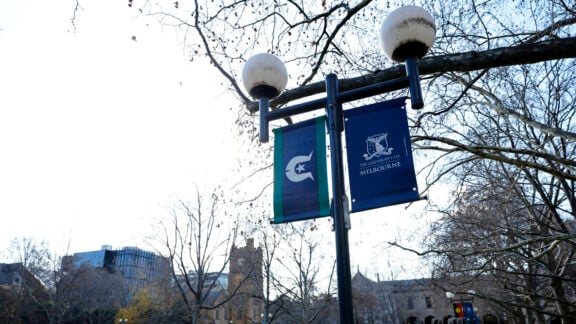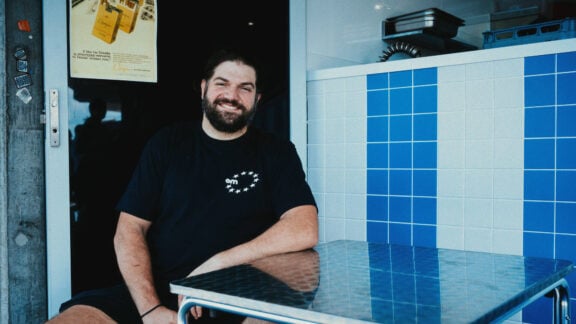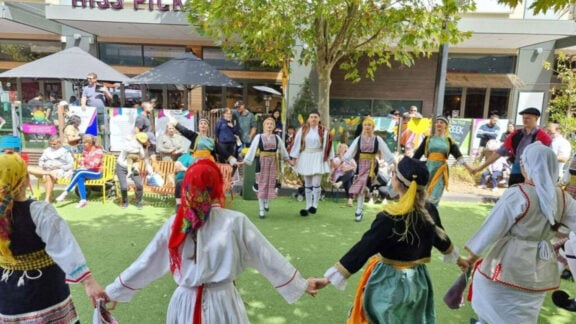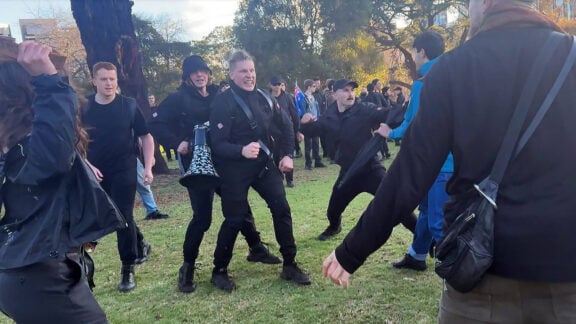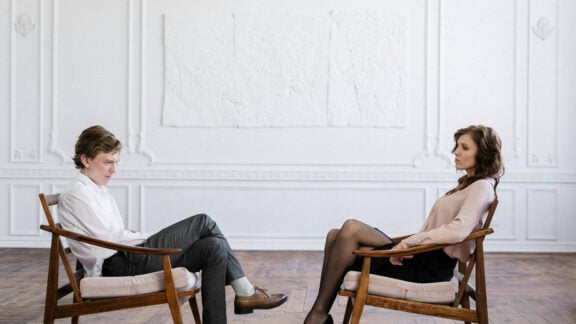Australia’s federal capital took on a distinctly Hellenic flavour last weekend when the National Museum of Australia held an Agora festival in its amphitheatre on the shores of Lake Burley Griffin for the people of Canberra and visitors to the much-touted “Ancient Greeks: Athletes Warriors and Heroes” exhibition.
The festival which was six-hours long was not only a celebration of the exhibition itself but also of Greek culture in terms of music, dance, performance, crafts and cuisine.
The National Museum of Australia partnered with the Greek Orthodox Community of New South Wales and the Greek Festival of Sydney to hold the multi-faceted event that celebrated the ancient and the modern in Greek culture.
READ MORE: Don’t mistake the Ancient Greeks at the National Museum with the Parthenon Marbles
The stalls in the Agora featured Greek wines, jewellery, perfumes, fabrics and household items. Greek students also put on Aristophanes’ play “Peace” and others performed traditional Greek dances.
In all it was a perfect way to celebrate outside the exhibition that lay within the museum.

Student dancers perform on the National Museum of Australia’s amphitheatre stage. Photo: The Agora, National Museum of Australia

A passer-by walks past an inviting tray of baklava. Photo: The Agora, National Museum of Australia

A couple enjoy their time in the Agora. Photo: The Agora, National Museum of Australia

Paying close attention to the souvlakia as the crowds take in the atmosphere of the event. Photo: The Agora, National Museum of Australia

It was not just food and music. Greek textiles and crafts also featured at The Agora. Photo: The Agora, National Museum of Australia

Student actors on the amphitheatre stage during the pefromance of Aristophanes’ play “Peace”. Photo: The Agora, National Museum of Australia

Musicians perform for the crowds at the Agora. Photo: The Agora, National Museum of Australia

A view of the crowds and stalls last week at the National Museum of Australia’s amphitheatre where Agora was held. Photo: The Agora, National Museum of Australia

